Home>Garden Essentials>How To Lay Straw Over Grass Seed
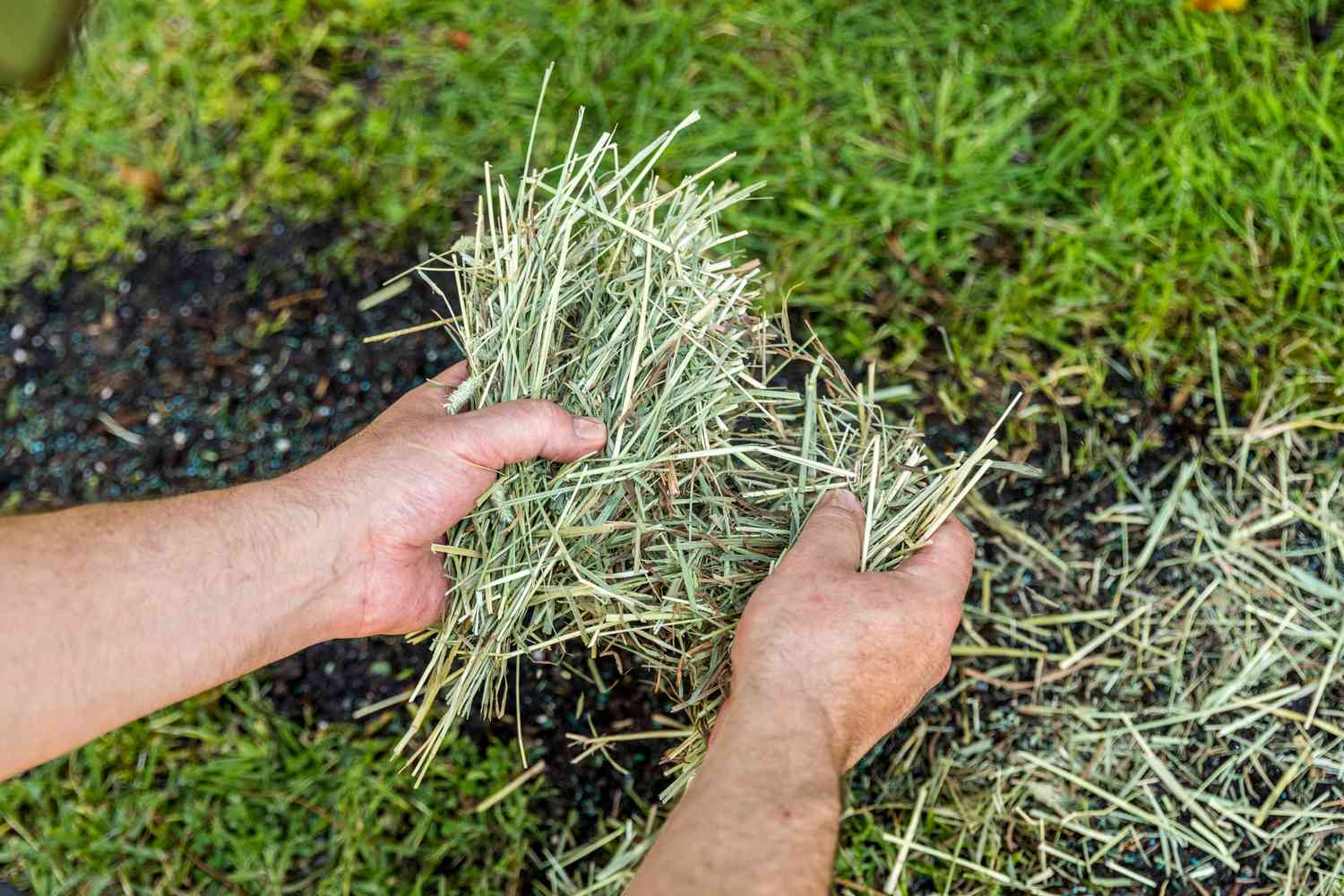

Garden Essentials
How To Lay Straw Over Grass Seed
Modified: April 23, 2024
Learn how to lay straw over grass seed in your garden for better germination and protection. Follow our step-by-step guide for successful results.
(Many of the links in this article redirect to a specific reviewed product. Your purchase of these products through affiliate links helps to generate commission for Storables.com, at no extra cost. Learn more)
Introduction
Welcome to our comprehensive guide on how to lay straw over grass seed. If you’re looking to establish a new lawn or rejuvenate an existing one, using straw as a protective layer over grass seed can significantly improve germination and growth rates. This technique is commonly used in landscaping and gardening to create lush, healthy lawns.
By laying straw over grass seed, you provide a barrier that helps retain moisture, prevent erosion, and protect the seeds from birds and harsh weather conditions. Additionally, the straw acts as a light layer that allows sunlight to penetrate to the seeds while still providing some shade, promoting healthy growth.
In this step-by-step guide, we’ll take you through the process of laying straw over grass seed, ensuring you have the knowledge and confidence to achieve successful results. Whether you’re starting a new lawn from scratch or overseeding an existing one, these steps will help you create an ideal environment for your grass to thrive.
Before we dive into the steps, it’s important to gather the necessary tools and materials. You’ll need grass seed appropriate for your region, straw, a rake, a garden hose or sprinkler, and optionally, a lawn roller or a lightweight board to press the straw into the ground.
Now that you’re fully prepared, let’s get started on preparing the area for seeding!
Key Takeaways:
- Protect and nourish your grass seed by laying straw over it. This helps retain moisture, prevent erosion, and shield seeds from birds and harsh weather, promoting healthy growth.
- Properly prepare the area, evenly spread the grass seed, lay a thin layer of straw, and consistently water to achieve a lush and vibrant lawn.
Read more: How To Lay Decking Over Concrete
Step 1: Prepare the area for seeding
The first step in laying straw over grass seed is to properly prepare the area where you plan to seed. This essential step ensures that the soil is ready to receive the seeds and provides an optimal environment for germination and growth. Follow these steps to prepare the area:
- Remove any existing vegetation: Begin by removing any existing grass, weeds, or vegetation in the area where you want to seed. You can use a lawnmower to cut down any tall grass, and then use a shovel or a garden rake to remove the remaining vegetation. This allows for a clean and fresh start.
- Loosen the soil: Once the area is clear of vegetation, use a garden rake to loosen the top layer of soil. Breaking up any compacted soil will improve drainage and make it easier for the grass seed to take root. Rake in different directions to achieve an even and level surface.
- Address drainage issues: If the area tends to retain water or has poor drainage, consider incorporating organic matter such as compost or sand to improve the soil structure. This will promote healthy root development and prevent waterlogging, which can be detrimental to the growth of grass seed.
- Test the soil: It’s a good idea to test the soil pH and nutrient levels with a soil testing kit. This will help determine if any amendments, like lime or fertilizer, are needed to create the ideal environment for grass seed growth. Follow the instructions on the testing kit to obtain accurate results.
By adequately preparing the area for seeding, you set the foundation for success. The cleared and loosened soil provides an optimal environment for grass seed germination and root development. With the area prepared, you’re now ready to move on to the next step: spreading the grass seed evenly.
Step 2: Spread the grass seed evenly
Once you’ve prepared the area for seeding, it’s time to spread the grass seed evenly. Proper seed distribution ensures consistent growth and a lush, even lawn. Follow these steps to spread the grass seed:
- Use the recommended amount of seed: Refer to the instructions on the grass seed packaging to determine the recommended seeding rate for your specific type of grass. Using too much or too little seed can result in uneven growth and poor germination.
- Divide the area into sections: If you’re working with a larger area, it’s helpful to section off the area into smaller segments. This allows for more precise seed distribution and ensures even coverage. You can use stakes or string to create clear divisions between the sections.
- Use a broadcast spreader or a handheld spreader: Depending on the size of the area, you can use either a broadcast spreader or a handheld spreader. A broadcast spreader is ideal for larger areas, as it can distribute the seed more uniformly. A handheld spreader is suitable for smaller areas or areas with obstacles.
- Walk in a consistent pattern: Start at one corner of the section and walk in a back-and-forth or crisscross pattern, depending on the shape and size of the area. This ensures even coverage and prevents any missed spots. Be mindful of overlapping the edges of each pass to avoid gaps or clumps.
- Apply half the seed in one direction: To achieve a more uniform distribution, apply half of the recommended seed amount in one direction (e.g., north to south). Then, apply the other half in a perpendicular direction (e.g., east to west). This cross-seeding technique helps fill in any missed areas and ensures adequate seed coverage.
Remember, it’s crucial to spread the grass seed evenly for consistent growth. Once you’ve finished spreading the seed, move on to the next step: laying the straw over the grass seed for protection.
Step 3: Lay the straw over the grass seed
After spreading the grass seed, the next step is to lay the straw over the seeded area. The straw acts as a protective layer, helping to retain moisture, prevent erosion, and shield the seeds from birds and strong sunlight. Here’s how to lay the straw effectively:
- Select quality straw: Choose straw that is free of weed seeds and large debris. Wheat straw or barley straw is commonly used for this purpose, as they are less likely to contain unwanted seeds that could compete with the grass seed for nutrients and sunlight.
- Spread a thin layer: Take handfuls of straw and evenly distribute them across the seeded area. It’s important to spread a thin layer of straw, approximately ½ to ¾ inch thick. Avoid piling up the straw, as a thick layer can hinder the growth of the grass seed or create a favorable environment for pests and diseases.
- Avoid covering the grass seed completely: The goal is to provide a light layer of straw that allows some sunlight to reach the seeds while still offering protection. Avoid completely covering the grass seed with straw, as this can prevent adequate germination and restrict seedling growth.
- Press the straw lightly: After spreading the straw, use a lawn roller or a lightweight board to press it gently into the soil. This helps to anchor the straw in place and ensures better contact between the seed and the soil.
- Check for any gaps or thin areas: Walk over the entire area and spot any areas where the straw may be thin or unevenly distributed. Add more straw to these spots to ensure consistent coverage and protection for the grass seed.
By laying the straw over the grass seed, you create an optimal environment for germination and growth. The straw acts as a protective barrier while still allowing essential light and nutrients to reach the seeds. Now that the straw is in place, it’s time to move on to the next step: watering the seeded area.
After spreading grass seed, lay a thin layer of straw over the area to help retain moisture, protect the seeds from birds, and prevent erosion. Water lightly to keep the straw in place.
Step 4: Water the seeded area
Watering is a crucial step in the process of laying straw over grass seed. Proper and consistent moisture is essential for seed germination and the establishment of a healthy lawn. Follow these steps to water the seeded area effectively:
- Water immediately after laying the straw: As soon as you have laid the straw over the grass seed, thoroughly water the entire area. This helps to settle the straw into the soil and promotes contact between the seed and the moist soil.
- Water consistently: It’s important to keep the seeded area consistently moist to encourage germination. Water lightly once or twice a day, depending on the weather conditions and moisture levels. Keep in mind that overwatering can lead to seed washout or fungal issues, so aim for a gentle and even application.
- Monitor soil moisture: Regularly check the moisture levels of the soil by gently pressing your finger into the ground. The top inch of soil should feel moist but not saturated. Adjust your watering schedule accordingly to maintain adequate moisture levels throughout the germination process.
- Consider using a sprinkler or soaker hose: Using a sprinkler or soaker hose can help ensure even and thorough watering, especially for larger areas. Set the sprinkler or adjust the soaker hose to deliver a light and even distribution of water. Avoid creating puddles or runoff by watering too quickly or excessively.
- Continue watering after germination: Once the grass seed has germinated and begins to grow, gradually reduce the frequency of watering while increasing the amount of water applied. This encourages deeper root growth and helps establish a resilient, healthy lawn.
Regular and consistent watering is essential for successful seed germination and establishment. By following these steps, you provide the necessary moisture for the grass seed to grow into a beautiful and thriving lawn. With the seeded area properly watered, it’s time to move on to the final step: monitoring and maintaining the seeded area.
Read more: How To Lay Rocks Over Grass
Step 5: Monitor and maintain the seeded area
After completing the previous steps of laying straw over grass seed, it’s important to monitor and maintain the seeded area to ensure optimal growth and establishment. Here are some essential steps to follow:
- Keep the area free of foot traffic: Avoid walking or allowing pets to roam on the seeded area during the germination and establishment phase. Foot traffic can disturb the seed and prevent successful growth. Consider placing temporary barriers or signs to remind others to stay off the area.
- Inspect for emergence: Regularly inspect the area for seed emergence and the growth of young grass seedlings. Depending on the grass species, germination can take anywhere from a week to several weeks. Be patient and continue to provide optimal care to support the seedlings’ development.
- Mow when necessary: Once the grass reaches a height of about 3 to 4 inches, it’s time to mow. Set your lawnmower to a high cutting height and avoid removing more than one-third of the grass blade at a time. Regular mowing promotes thicker grass growth and discourages weed competition.
- Fertilize as needed: After the grass seedlings have established and are growing well, consider fertilizing the lawn according to the specific needs of your grass species. Use a slow-release or controlled-release fertilizer to provide the necessary nutrients. Follow the instructions on the fertilizer packaging for application rates and timing.
- Continue proper watering: Even after the grass seed has germinated and established, it’s important to continue watering as needed. Provide deep, infrequent waterings to encourage deep root growth and drought tolerance. Adjust your watering schedule based on weather conditions and the moisture needs of your lawn.
- Address weeds promptly: Keep an eye out for any weeds that may emerge alongside the grass seedlings. It’s important to promptly address weeds to prevent them from competing with the young grass for resources. Hand-pulling or spot-treating with an appropriate herbicide can help maintain a weed-free lawn.
By diligently monitoring and maintaining the seeded area, you give your grass seedlings the best chance to flourish into a healthy and vibrant lawn. With time and proper care, you’ll enjoy the fruits of your efforts and be rewarded with a lush and inviting landscape.
Congratulations! You have successfully completed all the steps to lay straw over grass seed. By following this guide, you’ve created the ideal conditions for your grass seed to thrive. With consistent watering, proper maintenance, and a little patience, you’ll soon be able to enjoy a beautiful and healthy lawn.
Conclusion
Congratulations on successfully learning how to lay straw over grass seed! By following the step-by-step guide outlined in this article, you have taken the necessary steps to create an ideal environment for germination and growth. Laying straw over grass seed provides numerous benefits, including moisture retention, erosion prevention, and protection against birds and harsh weather conditions.
Remember, proper preparation of the area, even distribution of the grass seed, laying a thin layer of straw, and consistent watering are key to achieving successful results. Monitoring the seeded area and maintaining its health by mowing, fertilizing, and addressing weeds will ensure the long-term success of your lawn.
It’s important to note that while laying straw over grass seed is an effective method, it’s not the only approach to establishing or renovating a lawn. Other options like hydroseeding or using erosion control blankets may also be suitable for your specific needs. Consider consulting with a local gardening expert or landscape professional for personalized advice.
Remember to follow any local regulations or guidelines regarding grass seed selection, watering restrictions, and environmental considerations. This will help ensure that your lawn is not only beautiful but also environmentally sustainable.
With dedication and proper care, your efforts will be rewarded with a lush, healthy, and vibrant lawn. Enjoy the benefits of a well-maintained landscape, whether it’s for relaxation, recreational activities, or simply enhancing the beauty of your outdoor space.
Thank you for following this comprehensive guide on how to lay straw over grass seed. We hope you found it informative and helpful. Happy gardening!
Frequently Asked Questions about How To Lay Straw Over Grass Seed
Was this page helpful?
At Storables.com, we guarantee accurate and reliable information. Our content, validated by Expert Board Contributors, is crafted following stringent Editorial Policies. We're committed to providing you with well-researched, expert-backed insights for all your informational needs.
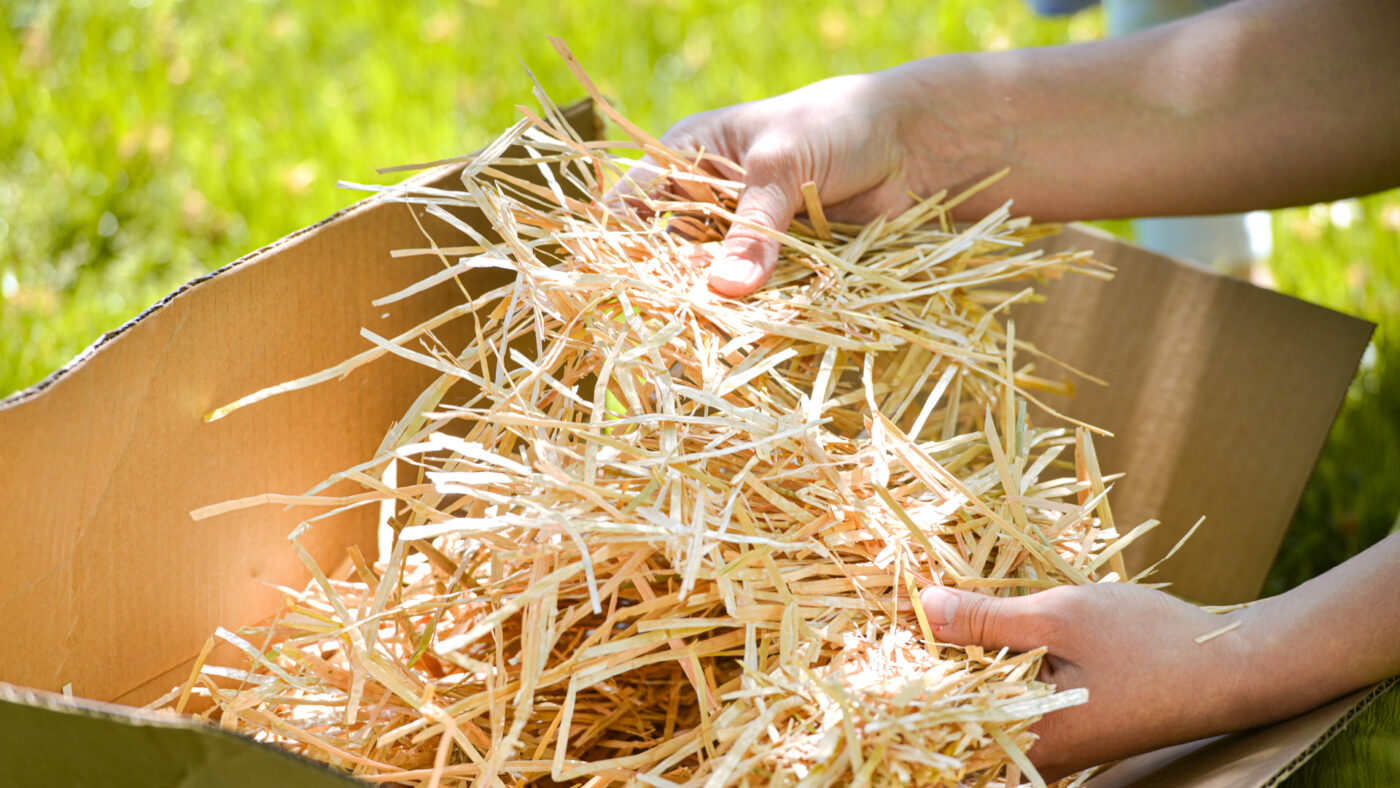
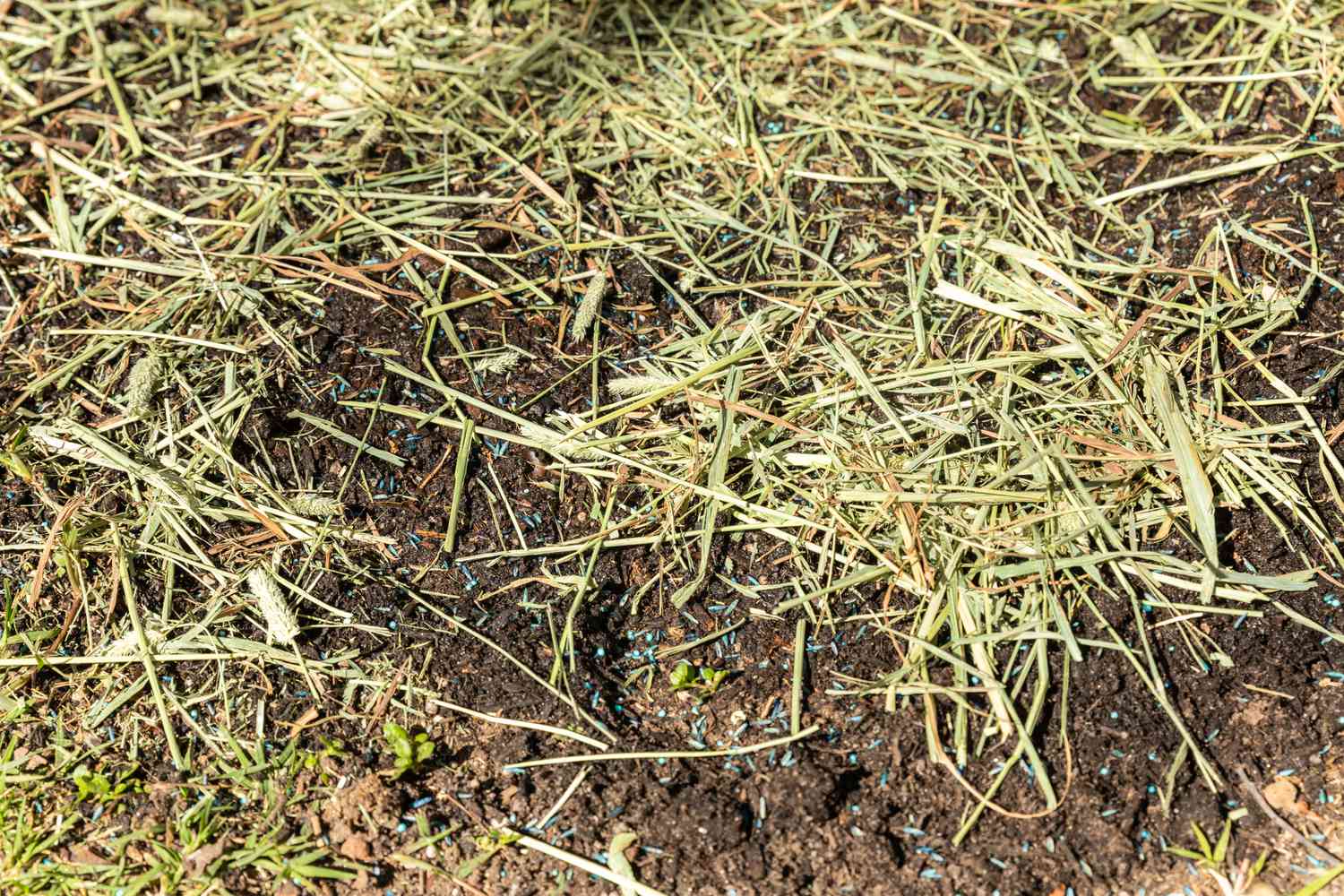
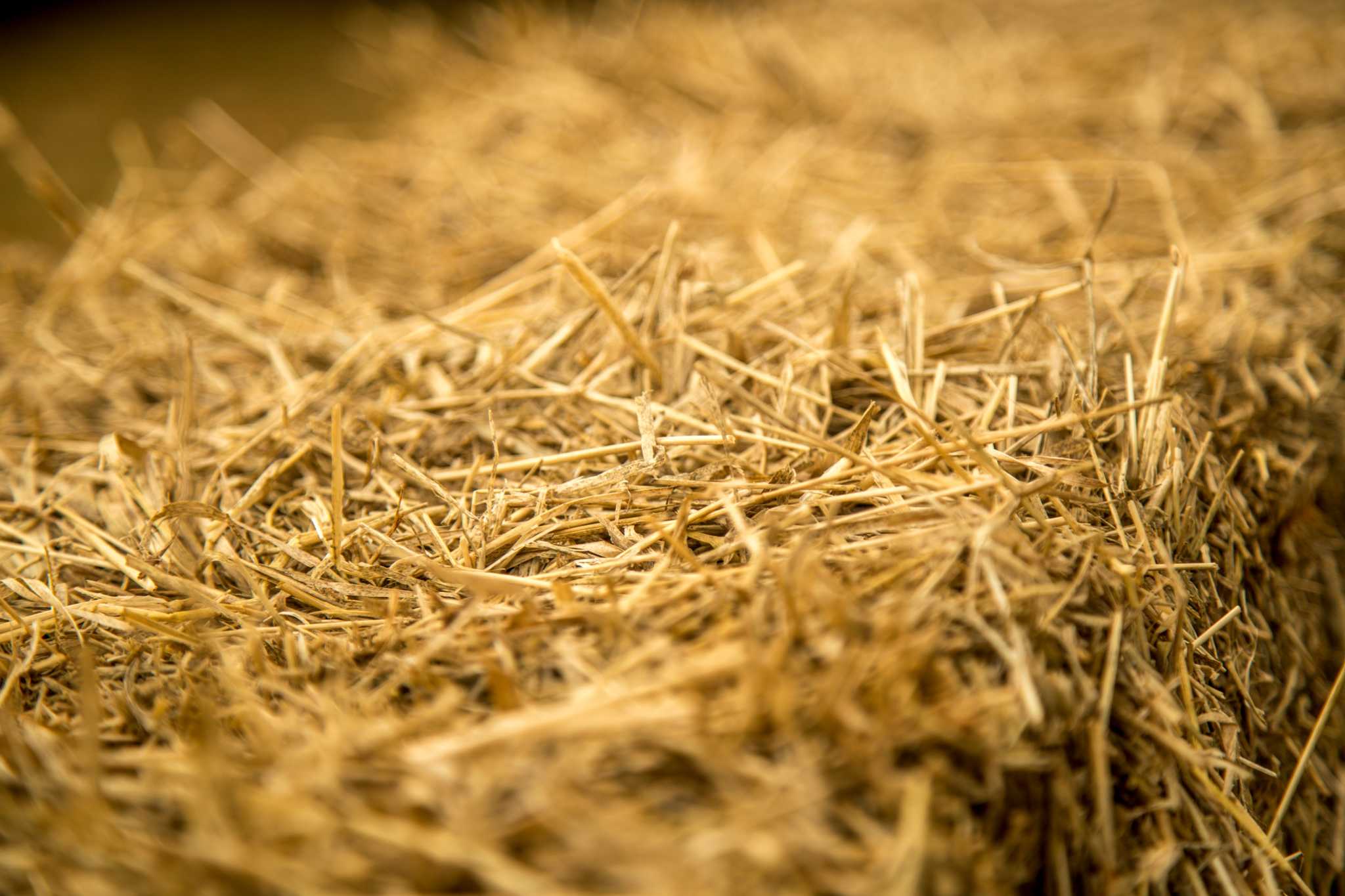
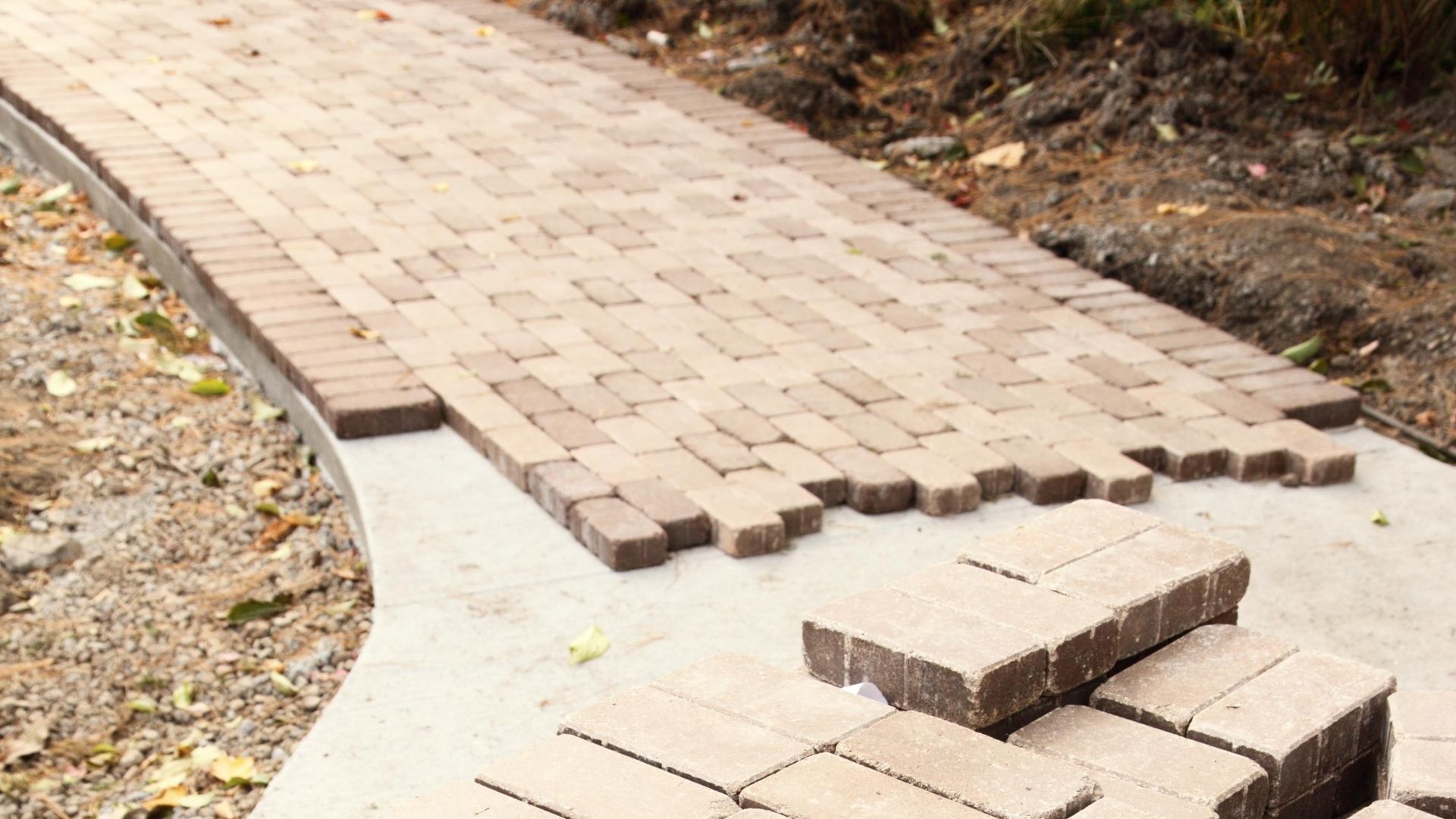
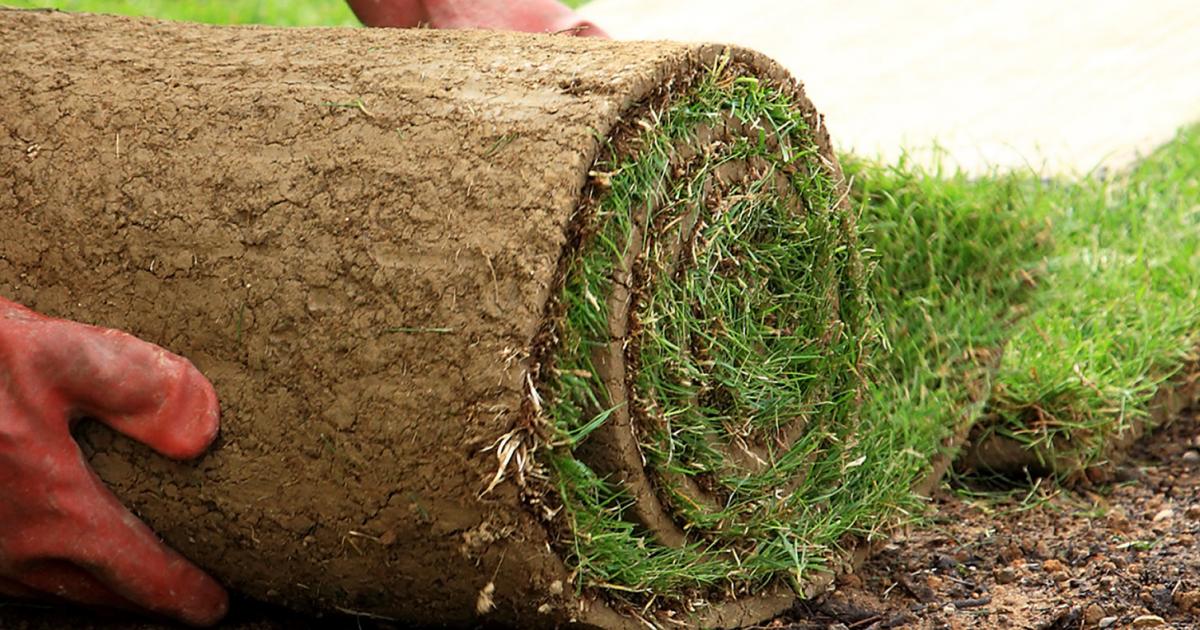
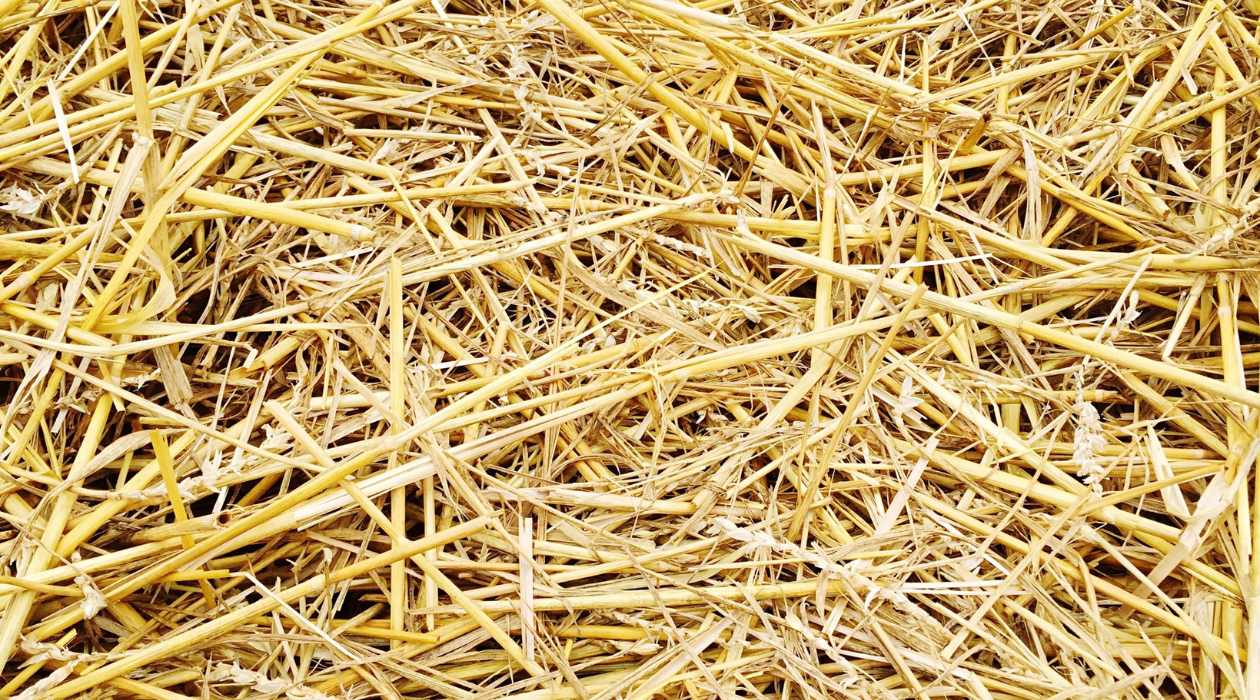

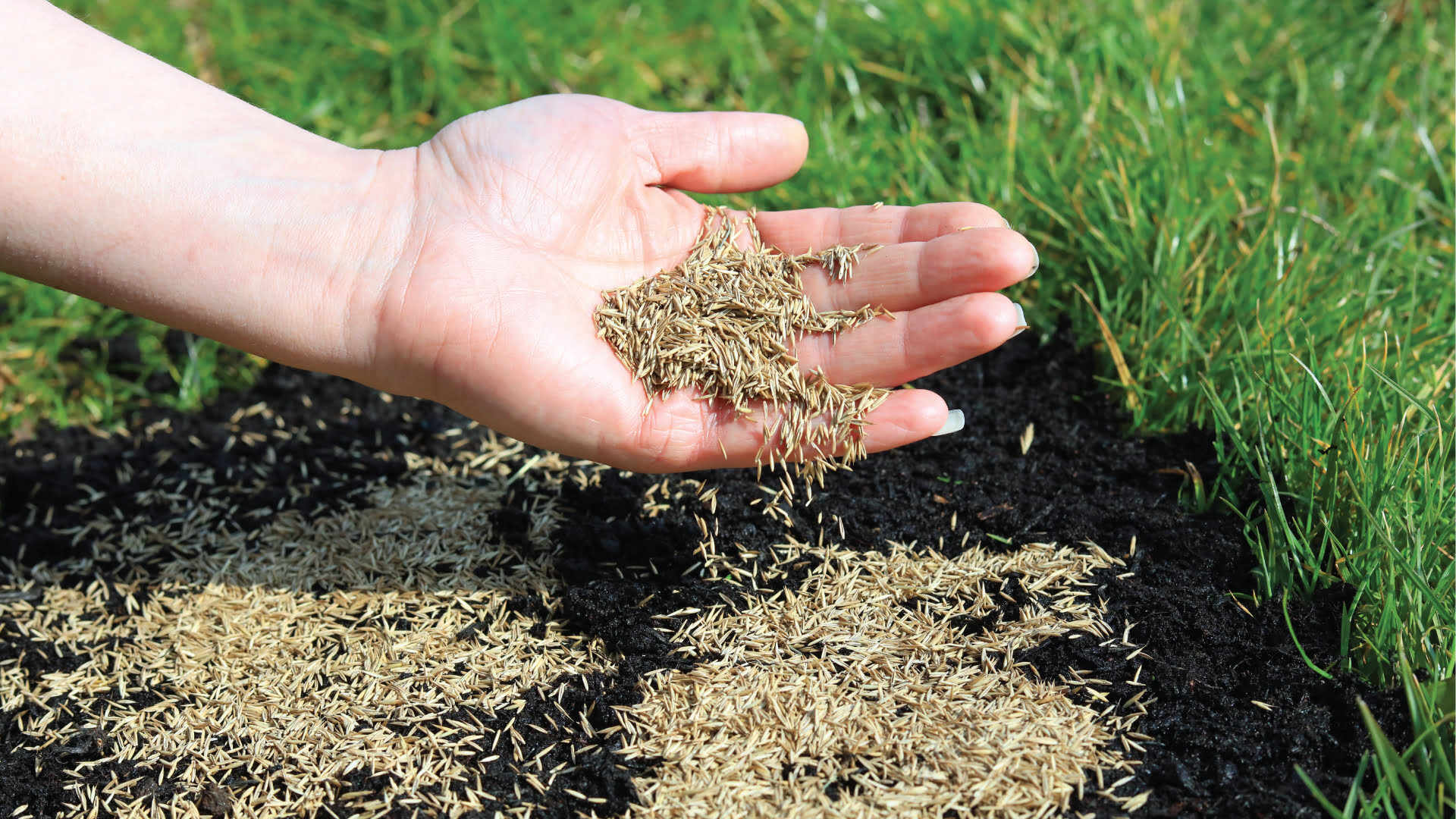
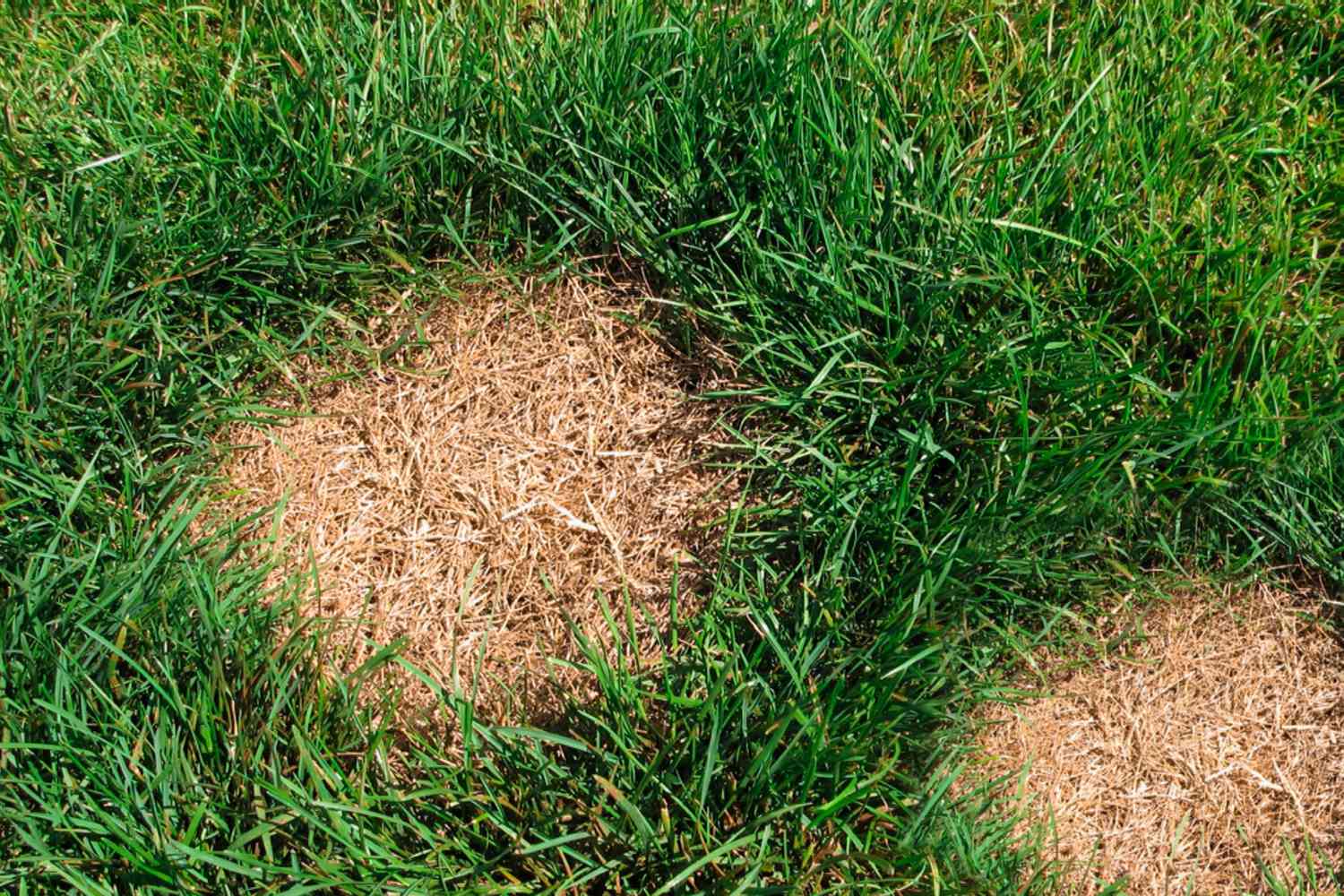
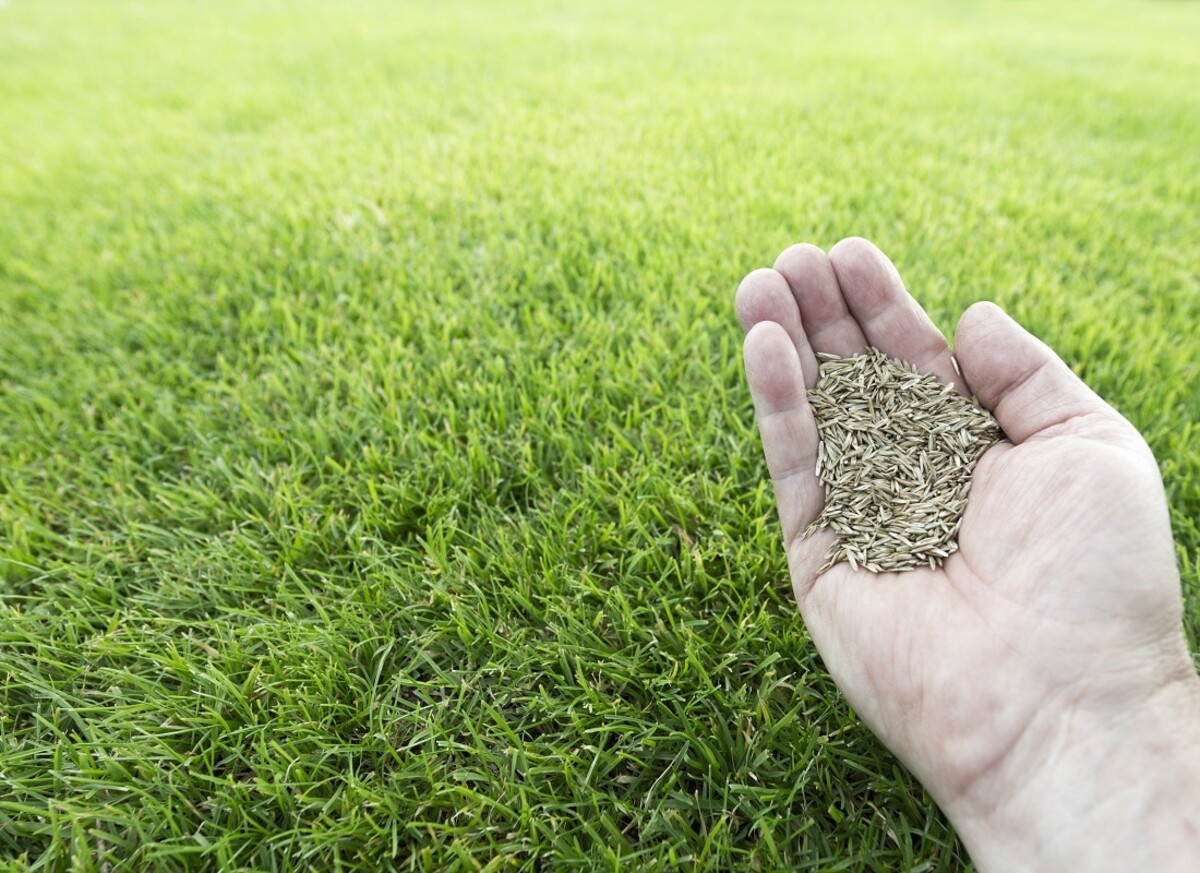
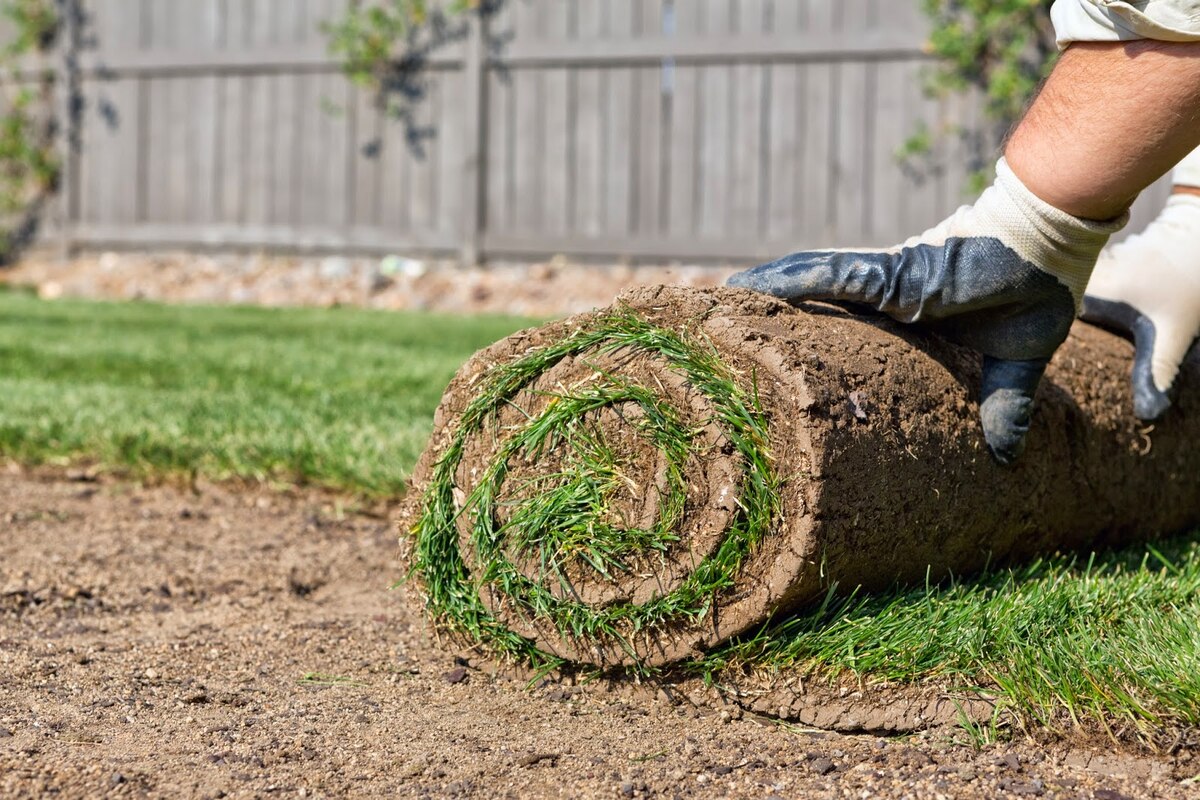
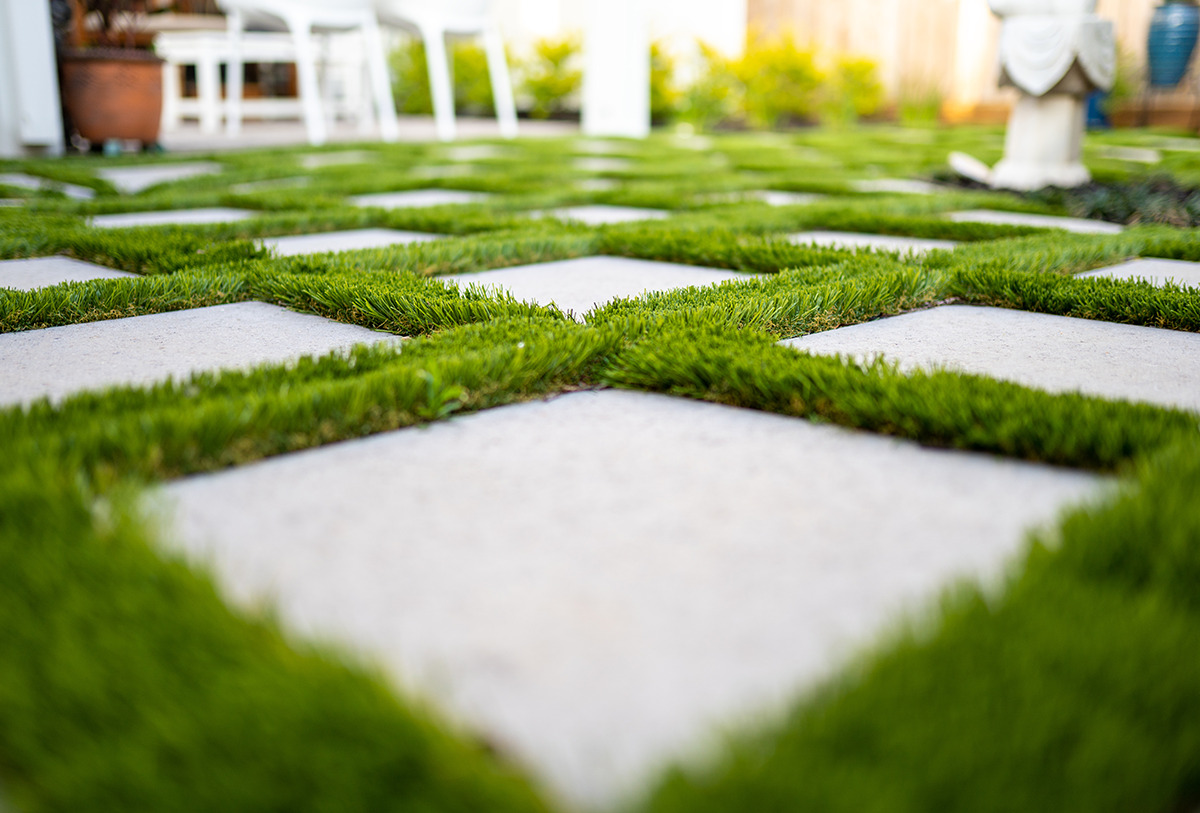
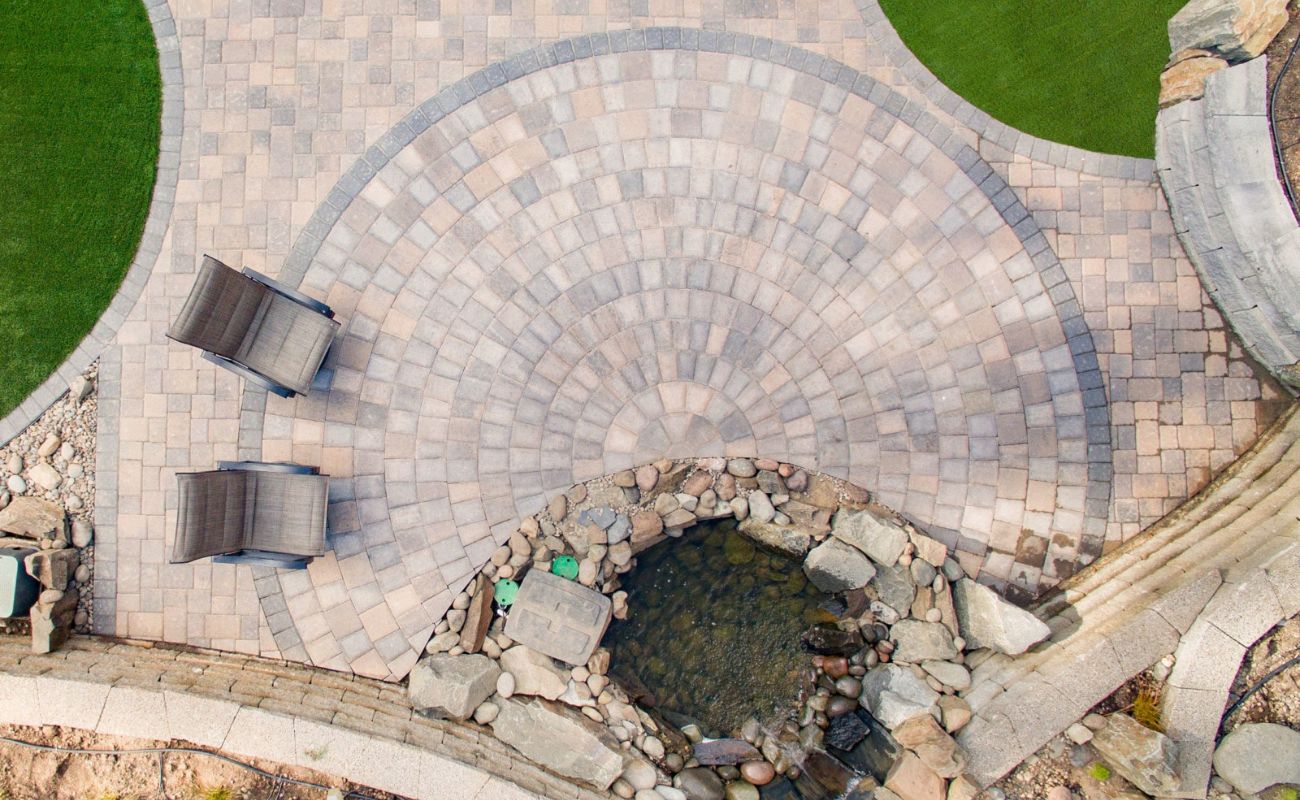
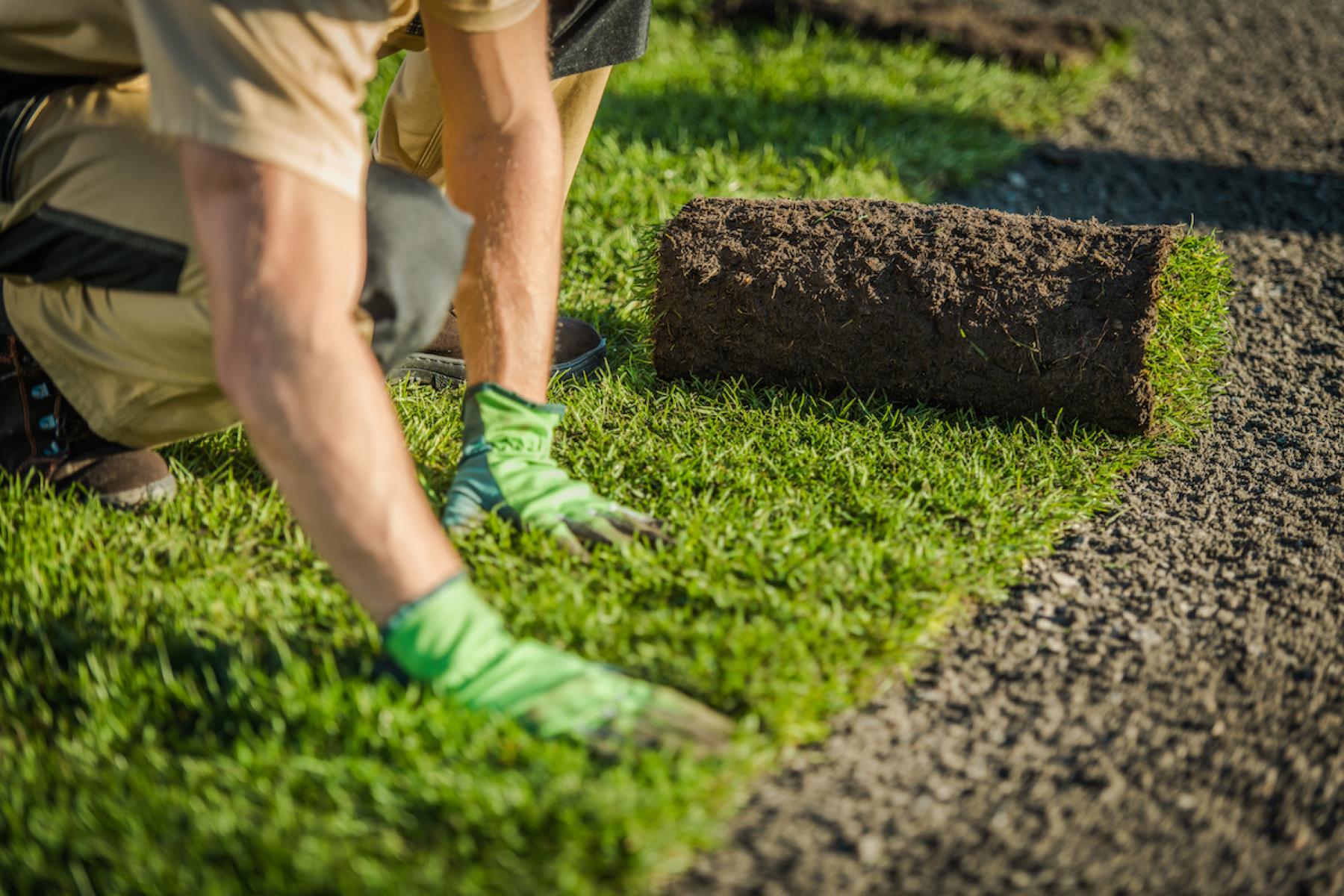

0 thoughts on “How To Lay Straw Over Grass Seed”